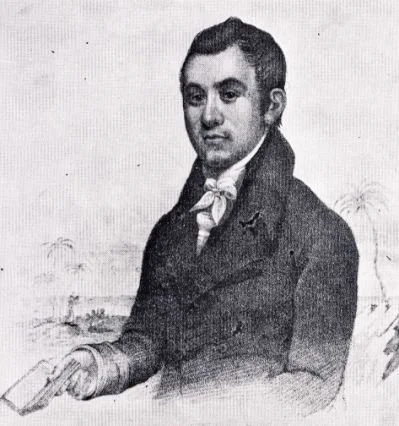Originally published in the Midland Daily News on February 3, 2025.
Article by Dominic Sevilla.
Pick up your cape from the dry cleaners, start preparing your cosplays, and get your Pokemon cards ready to trade at the March 7-9 Midland Mall Comic-Con.
Midland Mall Event Coordinator Sarah Thomas is looking forward to this year’s event.
"One of the things we really wanted to concentrate on this year was making it a real Comic-Con," Thomas said. "So when you walk in, you see everything you would see at a Comic-Con—comic collectors, toy collectors, cosplay accessories. You name it, we've got it this year."
The Midland Mall Comic-Con is now being run directly by mall staff, with volunteers and event staff provided by Life Church Midland after a change in event organization in 2024.
Life Church Lead Pastor Jonathan Herron and Thomas said the emphasis this year is on being a family-friendly event, with the introduction of Kids' Night on Friday, March 7.
"What I'm really looking forward to is Kids' Night on Friday," Herron said. "We have a lot of local businesses coming together to provide a free, fun, family event with contests, games, inflatables, lightsaber-making, and all kinds of stuff."
"The other thing we really concentrated on this year was making it family-friendly," Thomas said. "I have four children, and everywhere we go, it is ridiculously expensive. One thing we really wanted to do was make it so families could come in, not pay a ridiculous amount, and have a good time. This year, we put a lot of emphasis on Kids' Night, and there are tons of businesses that stepped up to do activities for kids for free."
Families and kids can expect to see the following at Kids' Night:
Additionally, there will be a free show on Saturday for kids on the main stage, presented by Neverland Entertainment, along with a free kids' cosplay contest to help introduce them to the world of cosplay.
Speaking of cosplay, Thomas and Herron said they hope to make this event feel like a full Comic-Con experience by offering different cosplay contests, cosplay vendors, and more.
"There are five cosplay contests over the course of the weekend," Herron said. "It's really exciting that we've been able to expand to categories like group, furry, and things like that."
Other vendors will be on-site selling items, such as:
Chainwear
Furry costumes and accessories
Jewelry
3D toys/gadgets, dice towers, helmets, and resin figures
Original work from artists and authors
Cosplay designs
Lego
Tabletop games
Pokémon, Tamagotchi, Splatoon, and Ghibli items
Handmade horror, paranormal, true crime, and pop culture vinyl decal stickers
Potion bottles themed around Harry Potter and Greek gods and goddesses
Pins, stickers, and posters
Hand-painted dragons
Plushies
Oddities
Knives and swords
Anime merch
"I'm a voracious collector of Funko Pops," Herron said. "I'm definitely in the community of loving pop culture. What I think it means to us (at Life Church) is that we get to serve with no agenda. That's been our heartbeat the whole time. It helps that I'm a bit of a nerd myself, and my son is excited about Pokémon cards being exchanged. It's kind of bringing all of these passions together."
More information and a full schedule can be found on the Midland Mall Comic Con Facebook page.




























